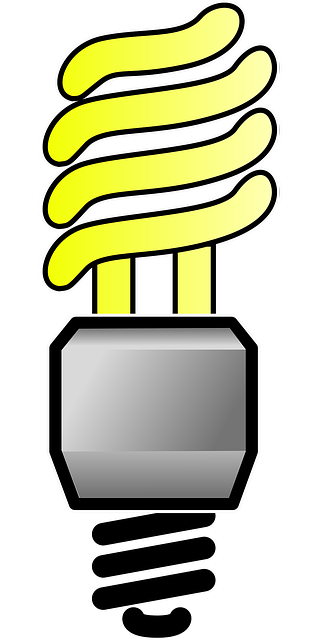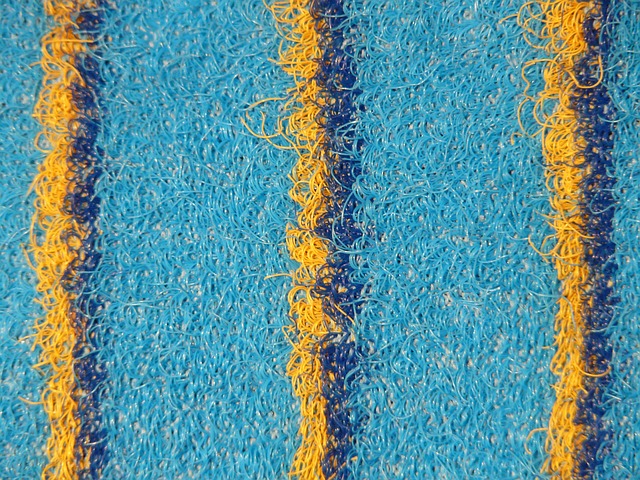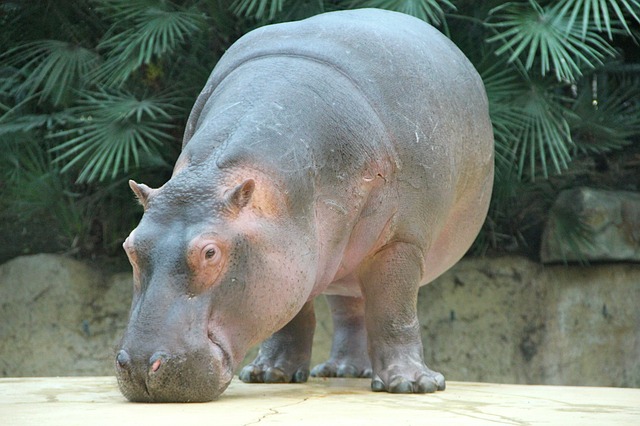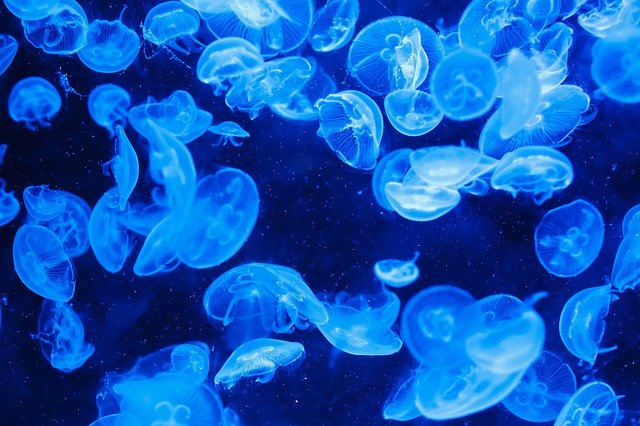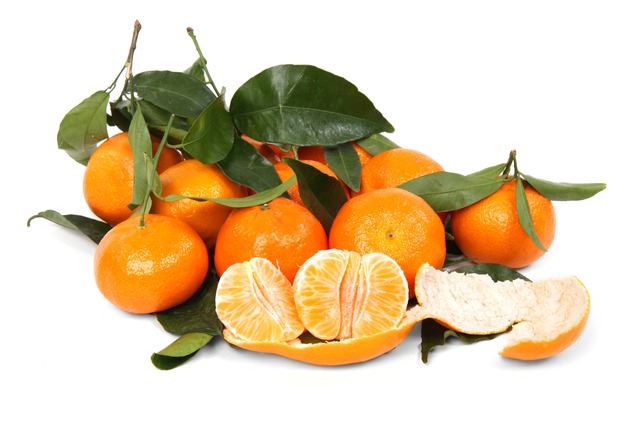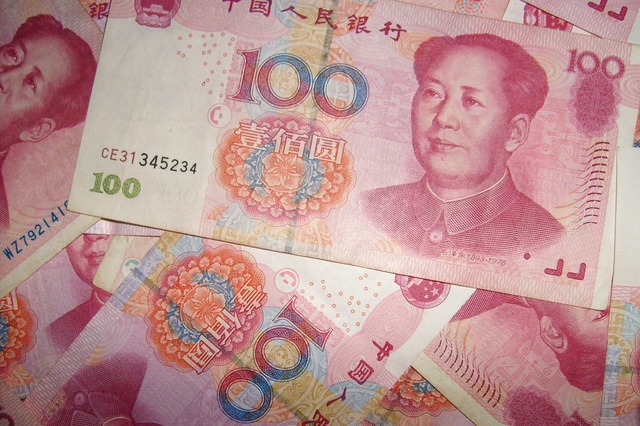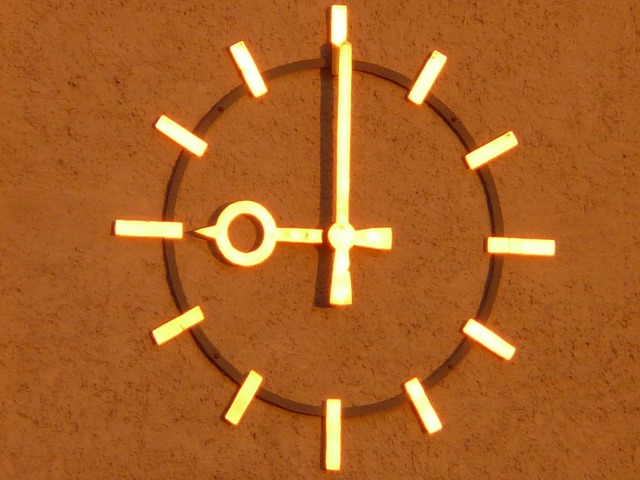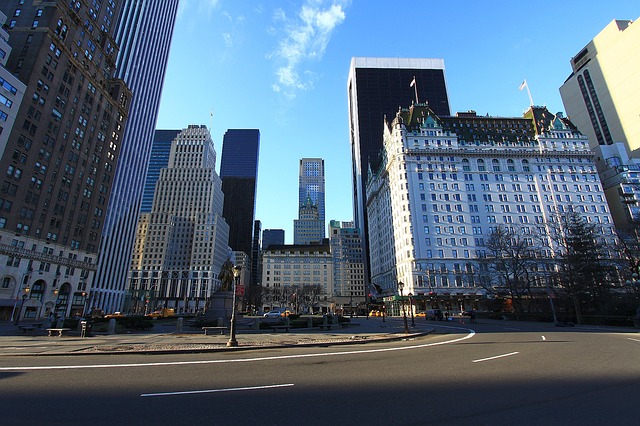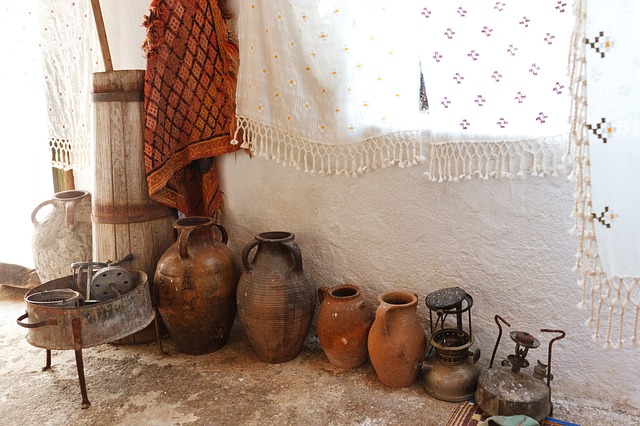إرنفريد ڤالتر فون تشيرنهاوز
| إرنفريد فون تشيرنهاوز Ehrenfried von Tschirnhaus | |
|---|---|
|
Ehrenfried Walther von Tschirnhaus.
| |
| وُلـِد | 10 أبريل 1651 Kieslingswalde, Habsburg Silesia (present-day Poland) |
| توفي | 11 October 1708 (عن عمر 57) درسدن، ناخبية ساكسونيا |
| السيرة الفهمية | |
| المشرفون الأكاديميون |
Arnold Geulincx Franciscus Sylvius |
| أبرز الطلاب | Christian Wolff |
إرنفريد ڤالتر فون تشيرنهاوز (Ehrenfried Walther von Tschirnhaus ؛ النطق الألماني: [ˈeːʁənˌfʁiːt ˈwaltɐ fɔn ˈt͡ʃiːɐ̯nhaʊs]؛عشرة أبريل 1651 – 11 أكتوبر 1708) كان عالم رياضيات وفيزياء وطبيب وفيلسوف ألماني. وقد اخترع Tschirnhaus transformation ويعتبره البعض مخترع الپورسلين الأوروپي، وهوالاختراع الذي نُسِب طويلاً إلى يوهان فريدرش بوتگر ولكن آخرون زعموا حتى البورسلين قد صنعه الصناع الإنگليز في وقت سابق لكليهما.
سيرته
وُلِد فون تشيرنهاوز في Kieslingswalde (الآن: Sławnikowice في غرب پولندا) وتوفي في درسدن، ساكسونيا.
عالم الرياضيات
Tschirnhaus transformation, by which he removed certain intermediate terms from a given algebraic equation, is well known. It was published in the scientific journal Acta Eruditorum in 1683.
In Paris Tschirnhaus worked with Leibniz, the short time before the infinitesimal calculus was developed to problems of geometry and number theory. Tschirnhaus discovered shortly thereafter a way that served to solve cubic equations, and believed thereby to have a universal way for solution of equations of the nth degree found. In this case, the equation of degree n
by transformation ( tschirnhaus transformation ) to a new variable y of the general form
with coefficients
brought to an equation of n-th degree in y, in which the by suitable selection {\ Displaystyle b_ {i bi can be eliminated up to three of the next higher power terms. For example, the general equation of the fifth degree can thus always an equation of the form
to be brought. Tschirnhaus meant originally incorrectly, so that every equation of degree n in such a form
to transform (which at the cubic equation also worked), and published this despite warnings from Leibniz in the Acta Eruditorum of 1683. Nevertheless, this post by Tschirnhaus is one of the hitherto most important advances in algebra since the Renaissance.
The Tschirnhausen cubic has been named in 1900 after him. Tschirnhausen was also one of those who in 1697 Johann Bernoulli's price task of solving the Brachistochronenproblems solved.
In 1682, Von Tschirnhaus worked out the theory of catacaustics and showed that they were rectifiable. This was the second case in which the envelope of a moving line was determined. One of the catacaustics of a parabola still is known as Tschirnhausen cubic.
In 1696, Johann Bernoulli posed the problem of the brachystochrone to the readers of Acta Eruditorum. Tschirnhaus was one of only five mathematicians to submit a solution. Bernoulli published these contributions (including Tschirnhaus') along with his own in the journal in May of the following year.
Von Tschirnhaus produced various types of lenses and mirrors, some of them are displayed in museums. He erected a large glass works in Saxony, where he constructed burning glasses of unusual perfection and carried on his experiments (1687–1688).
His work Medicina mentis sive artis inveniendi praecepta generali (1687) combines methods of deduction with empiricism and shows him to be philosophically connected to the Enlightenment.
1677-1679 رحلته البحثية إلى إيطاليا
In the wake of the Silesian Count Nimptsch his journey from Lyon convicted Turin to Milan to Manfredo Settala and its collection of instruments, which included an internal mirror of 119 cm diameter. [4] After the stations Venice and Bologna , he reached 1677 Rome . Tschirnhaus arrived here Giovanni Alfonso Borelli , he asked to grinding techniques. Borelli was a pupil Michelangelo Ricci and friend of Evangelista Torricelli and Athanasius Kircher . The latter had six years earlier in the Ars magna lucis et umbrae published antique Brennspiegel. His work Mundus subterraneus for Volcanology was nearing completion. He was also founder of the Museum Kircherianum , the prominent Baroque Wunderkammer that the Roman Collegium served for teaching purposes. In April 1677 Tschirnhaus Kircher first met in person and received from him a lot of suggestions. In the spring of 1677 traveled to Naples Tschirnhaus. After studies at Vesuvius he continued the journey over Palermo to the Etna and the Aeolian Islands on Stromboli studies on volcanology and volcanic rock Obsidian operate.
After a trip to Malta Tschirnhaus traveled through Milan and Geneva back to Paris, where he arrived at the beginning of 1679th There Tschirnhaus received insight into the completed work of Huygens to wave optics, as today Huygens-Fresnel principle is known. He also witnessed the operation of a new large concave mirror Villettes. In late summer he traveled to Leiden, and worked on the publication of Spinoza's posthumous manuscripts. About Hannover, where he visited Leibniz, he reached 1679 Kieslingswalde in October.
1679 - 1687 تطوير المرآة الداخلية
From 1679 Tschirnhaus worked with the mechanic Johann Hoffmann on the construction of internal mirrors. Tschirnhaus simplified the production of the previously cast in metal alloys mirror. By driving prefabricated sheets of Ore Copper hammers succeeded the inexpensive production of mirror sets. The Kupferkalotten were light and easy to polish afterwards. The concave hollow mirror in circular peripheral timber frames were optimized in reflectivity inserted. About a tripod set up, they were well adjusted.
Their aim was, with the profits from the sale of instruments to fund future research and the establishment of a scientific and technical Academy in Kieslingswalde. This also conducted 1681-1682 trips to Paris should help. Recommended by Jean-Baptiste Colbert Tschirnhaus was as at July 22, 1682 académicien géomètre in the Academy of Sciences received. The first part of the 1686 published "Medicina mentis" he devoted Louis XIV. He hoped so, to receive a pension as a member of the Academy of the king. Both hopes were not fulfilled.
Besides Spinoza, Huygens and Oldenburg Tschirnhaus maintained a voluminous correspondence to pioneers of the early Enlightenment as Friedrich Hoffmann , Adam Rechenberg and Otto Mencke .
Tschirnhaus married in 1682 Elisabeth Eleonoren of Lest . The marriage produced five children. With the death of the father Tschirnhaus took over in 1684 the management of the Gutsbesitzes he however almost his wife left while he devoted himself to scientific work. The appointment as Chancellor of the newly established University of the city of Halle (Saale) , which in 1680 to the electorate Brandenburg had fallen, Tschirnhaus hit just like the participation in the construction of factories of Landgrave Karl von Hessen-Kassel .
1687 found work on mirror apparatus a degree. The number of manufactured in Kieslingswalde Brennspiegel is unknown. The goal associated with their production, to gain economic independence was not fulfilled. The instruments were used in optical, acoustic, medical and material technology experiments. Furthermore they found as aesthetic and representative Collectibles input in the Kunstkammer European royal courts. Work on the solar furnaces went beyond a mere reproduction and improving existing technology. His burning mirrors and glasses were essential for the following studies on the porcelain production, since it with relatively little effort could achieve the necessary high temperatures of 1400 ° C with them.
استفاضة: تجارة البورسلين والتقليد الاوروبي
A suggestion for decreased from the period of study in the center of Dutch faience from. The since the 13th century reached Europe porcelains were propagated from 1516 on Macau and Nagasaki introduced to Lisbon, in the 17th century almost exclusively through Holland. The economic success of imports by Vereenigde Oostindische Compagnie of an estimated 12 million pieces of Chinese porcelain of the Ming Dynasty and Japanese porcelain Edo period was also evident for Tschirnhaus.
Due to the travelogues " Il Milione " by Marco Polo attempts had been made, Qingbai porcelain manufacture in Europe. The case developed surrogates created in the process of glass - or as faience . In the Republic of Venice was in the 15th century Murano the lattimo prepared. This opaque glass created by the addition of bone ash , Beinglas or tin oxide as an opacifier and imitated porcelain. While in Faenza , the south-east of Bologna belonged to the Republic of Venice in the 16th century Bianchi di Faenza was manufactured. Unlike Beinglas this was made of ceramic. In order to cover up after the fire the porcelain different color and to achieve a suitable for decorating painting surface, it had to be coated with a tin glaze. Therefore porcelain looked more appealing than the thick-walled earthenware.
1687 - 1692 تطوير جهاز العدسة
Tschirnhaus focused 1687 on the development of larger glass focal lenses . A prerequisite for this was the production of large glass pieces, whose quality was sufficient technical glass. The work was carried out with the participation of the chemist Friedrich Schmied . Lessons Learned in the grinding of concave mirrors were included in the subsequent processing of the lenses. By consolidating to condensing lenses Tschirnhaus achieved an increase in the concentration of energy at the focal point. Here Tschirnhaus also made mathematical studies over the course of the light rays in focal lenses and -spiegeln at (envelope of the reflected beams, the so-called "Catacaustic").
1692 - 1697 تحسين تكنولوجيا صب وصقل الزجاج
In addition to the laboratory of the research were in Kieslingswalde three glassworks and a grinding mill available. In exchange with from Wittenberg originating Leipzig University Professor Martin Knorr improvements were the grinding technologies are tested and optical instruments arise in individual production. While many of the casting experiments in the existing 1692-1712 Glassworks in Pretzsch were performed at Wittenberg, was subject to the process of grinding in Kieslingswalde secrecy.
Tschirnhaus published in 1691 in the appearing in Leipzig scientific journal Acta Eruditorum results of new glass casting method, describing the effect of magnifying glasses. In the same year arrived in France the casting process for the production of larger flat and mirror glasses to technological maturity. On the development of the procedure had since 1687 Abraham Thewart and the cottage Director of Manufactures des Glaces et des Produits Chimiques de St. Gobain, Chauny et Circy à Paris Louis-Lucas de Néhou worked.
The glass quality was improved and enabled the production of optical glass to a greater extent by 1687th Existing products from local huts or the Leipzig Fair were due to aberrations largely unsuitable impurities, color defects and their processing properties during of the cut.
From 1692 Tschirnhaus entered the service of Johann Georg IV. He became the Royal. Polish Electoral. Saxon Rath appointed and head of the electoral laboratories and entered into the succession of alchemists and glassmaker Johann Kunckle . This was to 1677 under Johann Georg II. Had worked in the laboratory and is considered the inventor of gold ruby glass . The appointment was made due to its scientific and technical achievements and allowed the funding of further research. Even the throne the brother of Johann Georg, Elector Friedrich August I initially had no major change in the state of Tschirnhaus result.
1693 lost Tschirnhaus his wife, with whom he had five children, and one son. The 1693 started melting experiments geschlemmter sound and clays could have served the discovery of porcelain. In 1694 he suggested to Leibniz towards the development of a new grinding machine, with the very small and large lentes Opticas for use in Glasswork Perspective and focal lenses can be produced. He described the impact of new additives to the glass production and the effect of the lenses with enamel samples. Two trips in 1694 to Hanover at Leibniz served the goal of finding customers for its products. Greater awareness acquired its perfected instruments by the experiments of the Italian scientist Giuseppe Averani and Cipriano Targioni 1695 in Florence.
الفلسفة
Tschirnhaus was for many years forgotten as a philosopher and the studies treating the subject often discuss Tschirnhaus' connection to other philosophers and scientists at the time. During his time at the University of Leiden he started correspondence with Spinoza and later also Leibniz. Tschirnhaus was one of the first to get a copy of Spinoza's masterpiece Ethics.
مخترع الپورسلين
After he returned home to Saxony, Von Tschirnhaus initiated systematic experiments, using mixtures of various silicates and earths at different temperatures, to develop porcelain, which at the time was available only as a costly import from China and Japan. As early as 1704, he showed “porcelan” to Leibniz’s secretary. He proposed the establishment of a porcelain factory to Augustus II of Poland, Elector of Saxony, but was denied. Also in 1704, Von Tschirnhaus became the supervisor of Johann Friedrich Böttger, a nineteen-year-old alchemist who claimed to be able to make gold. Böttger only reluctantly and under pressure started to participate in Tschirnhaus’s work by 1707. The use of kaolin (from Schneeberg, Saxony) and alabaster advanced the work, so that August II named him the director of the porcelain factory he intended to establish. The Elector ordered payment of 2,561 thalers to Von Tschirnhaus, but the recipient requested postponement until the factory was producing. When Von Tschirnhaus died suddenly, on 11 October 1708, the project came to a halt.
Three days after Von Tschirnhaus’s death, there was a burglary at his house and, according to a report by Böttger, a small piece of porcelain was stolen. This report suggests that Böttger himself recognized that Von Tschirnhaus already knew how to make porcelain, a key piece of evidence that Von Tschirnhaus and not Böttger was the inventor. Work resumed on 20 March 1709, by which time Melchior Steinbrück had arrived to assess the dead man’s estate, which included the notes about making porcelain, and had met with Böttger. On 28 March 1709, Böttger went to August II and announced the invention of porcelain. Böttger now was nominated to head the first European manufactory for porcelain. Steinbrück became an inspector and married Böttger’s sister.
Contemporary testimonies of knowledgeable people indicate that Tschirnhaus invented porcelain. In 1719, for example, Samuel Stölzel of the porcelain factory of Meissen went to Vienna with the still-secret recipe and confirmed that it had been invented by Von Tschirnhaus and not by Böttger. In that same year, the General Secretary of the Meissen factory also indicated that the invention was not Böttger's “but by the late Herr von Tschirnhaus[,] whose written science” was handed to Böttger “by the inspector Steinbrück.” Nevertheless, Böttger’s name became closely associated with the invention.
أعماله
- Medicina corporis, Amsterdam, 1686.
- Medicina mentis, Amsterdam, 1687.
- Medicina mentis et corporis, with an Introduction by Wilhelm Risse. (Anastatic reprint) Hildesheim: Georg Olms, 1964.
انظر أيضاً
- قائمة المخترعين والمكتشفين الألمان
- Generalized conic
الهامش
- ^ إرنفريد ڤالتر فون تشيرنهاوز at the Mathematics Genealogy Project
- ^ Biography of Ehrenfried Walther von Tschirnhaus Tschirnhaus Society,تسعة February 2006. Retrieved 28 November 2013. Archived here.
- ^ "The Discovery of European Porcelain Technology" by C.M. Queiroz & S. Agathopoulos, 2005.
- ^ Pots of fame economist.com, 31 March 2010. Retrieved 28 November 2013. Archive copy at the Internet Archive
مراجع
- This article or a previous version of it is partially based on the public domain A Short Account of the History of Mathematics (4th edition, 1908) by W.W. Rouse Ball, as transcribed at Some Contemporaries of Descartes, Fermat, Pascal and Huygens: Tchirnhausen
- A significant part of the article is based on the corresponding German Wikipedia website from February 2, 2006 that contains references about the Böttger–Tschirnhaus controversy.
- O'Connor, John J.; Robertson, Edmund F., "إرنفريد ڤالتر فون تشيرنهاوز", MacTutor History of Mathematics archive
-
 "Tschirnhausen, Ehrenfried Walter, Count". New International Encyclopedia. 1905.
"Tschirnhausen, Ehrenfried Walter, Count". New International Encyclopedia. 1905.
- Hans-Joachim Böttcher: Ehrenfried Walther von Tschirnhaus - Das bewunderte, bekämpfte und totgeschwiegene Genie. Dresden 2014. ISBN 978-3-941757-42-4
وصلات خارجية
- Otto Liebmann: Tschirnhaus, Walter von. In: Allgemeine Deutsche Biographie (ADB). Bd. 38, S. 722–724.
- نطقب:DNB portal
- إرنفريد ڤالتر فون تشيرنهاوز at the Mathematics Genealogy Project
- Website of the Tschirnhausgesellschaft
- Ehrenfried Walther von Tschirnhaus (site "under construction", with broken image links; not clear that the site has not been abandoned...)
- Gunter E. Grimm: Argumentation und Schreibstrategie. Zum Vulkanismus-Diskurs im Werk von Ehrenfried Walther von Tschirnhaus
- English translation (by R.F. Green) of his 1683 paper
نطقب:Porcelain








